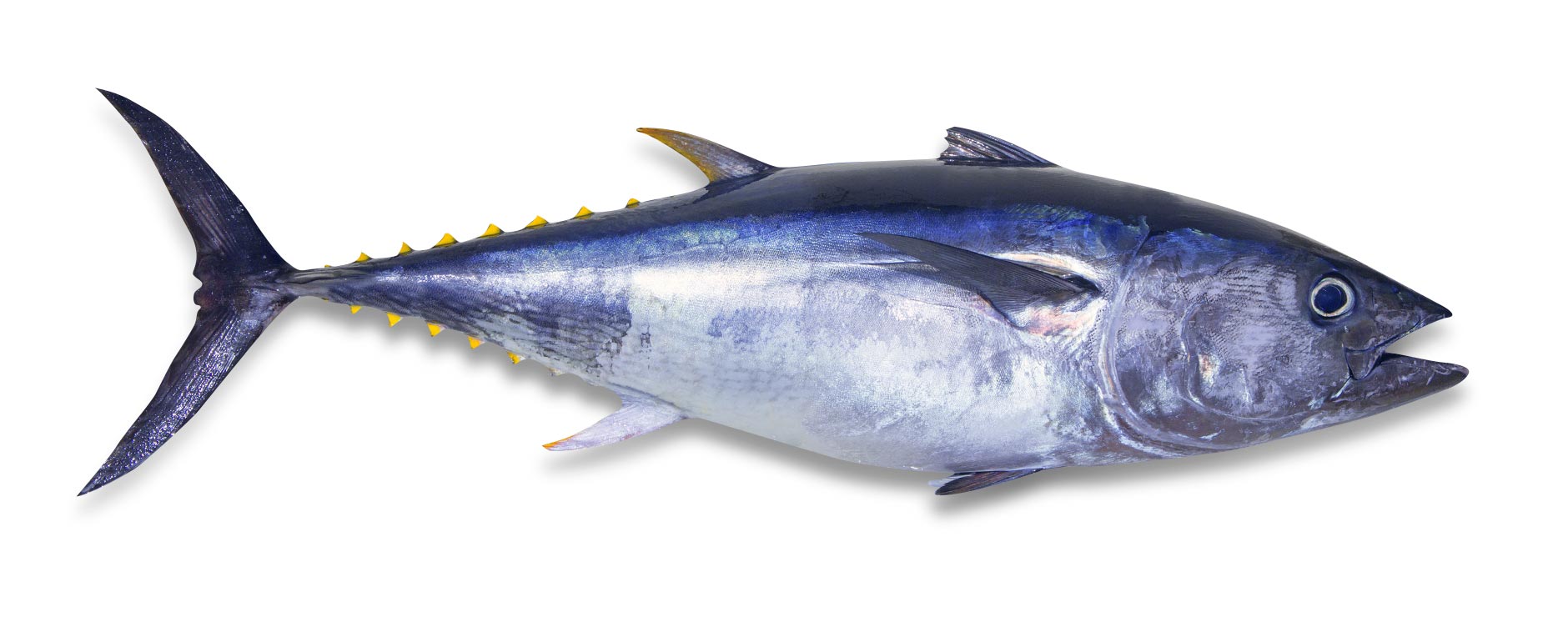
Atlantic Bluefin Tuna is caught by traditional fishermen using pelagic longlines.
It is also caught on a very large-scale throughout the Mediterranean by purse-seiners. The wild fish is caught in large nets and sold to tuna 'farms' where the tuna are fattened in cages. The Maltese Islands have quite a few of these 'farms', where the tuna is fed a mix of high-protein feed (made primarily from imported fish and even locally-caught fish). The majority of farmed Tuna is exported to Asian and European countries for quite a high profit. This type of ranching should not be confused with closed-cycle aquaculture, in which the fish are bred in hatcheries and not caught from the wild.
The bluefin tuna season opens in May/June and is usually open for a few weeks by which time the set quotas are typically used up and the season is closed by the authorities. Bluefin tuna is available throughout the year in Malta due to illegal fishing, importation and supply from fish farms.
The Atlantic bluefin tuna is a highly-migratory fish and can travel as far as from the Gulf of Mexico into the Mediterranean to spawn. The yearly migration of bluefin tuna into the Mediterranean is met with traditional hunting rituals such as Mattanza which normally involve trapping the 'Pig of the Sea' (as it is sometimes called due to its versatility at the table). In some places such as Favignana (Sicily) the ritual can be quite bloody and grotesque. Bluefin tuna has been hunted in the Mediterranean, and hence in Malta, since at least 8000 BC. Grand Master Pinto set up the first 'tunnara' net in Mellieha Bay in 1748 - tunnara fishing was the main source of income for the majority of the Melliehin (people of Mellieha) for a number of generations. The net would be blessed yearly by the parish priest since the tuna catch was a very important aspect for the livelihood of the local people. A museum dedicated to the tuna fishing heritage of Mellieha and the Tunnara net can be found in the town.
Atlantic bluefin tuna stocks are considered to be over-exploited worldwide. The stocks have been overfished due to a high-demand in fresh Tuna throughout the West and for use in sushi and sashimi in Japan and other Far East markets. Japan is the biggest importer of bluefin tuna.
Apart from the problems associated with tuna stocks, tuna farming also requires large amounts of wild fish for feed. Typically, it takes approximately 25 kg of wild caught fish to fatten a single tuna by 1 kg. The feed is normally wild-caught anchovy, mackerels and squid. Tuna farms can also have negative effects on the nearby ecosystems.
Purse-seining and longlining also result in large amounts of by-catch.
fish for tomorrow suggests you avoid Atlantic bluefin tuna for consumption.